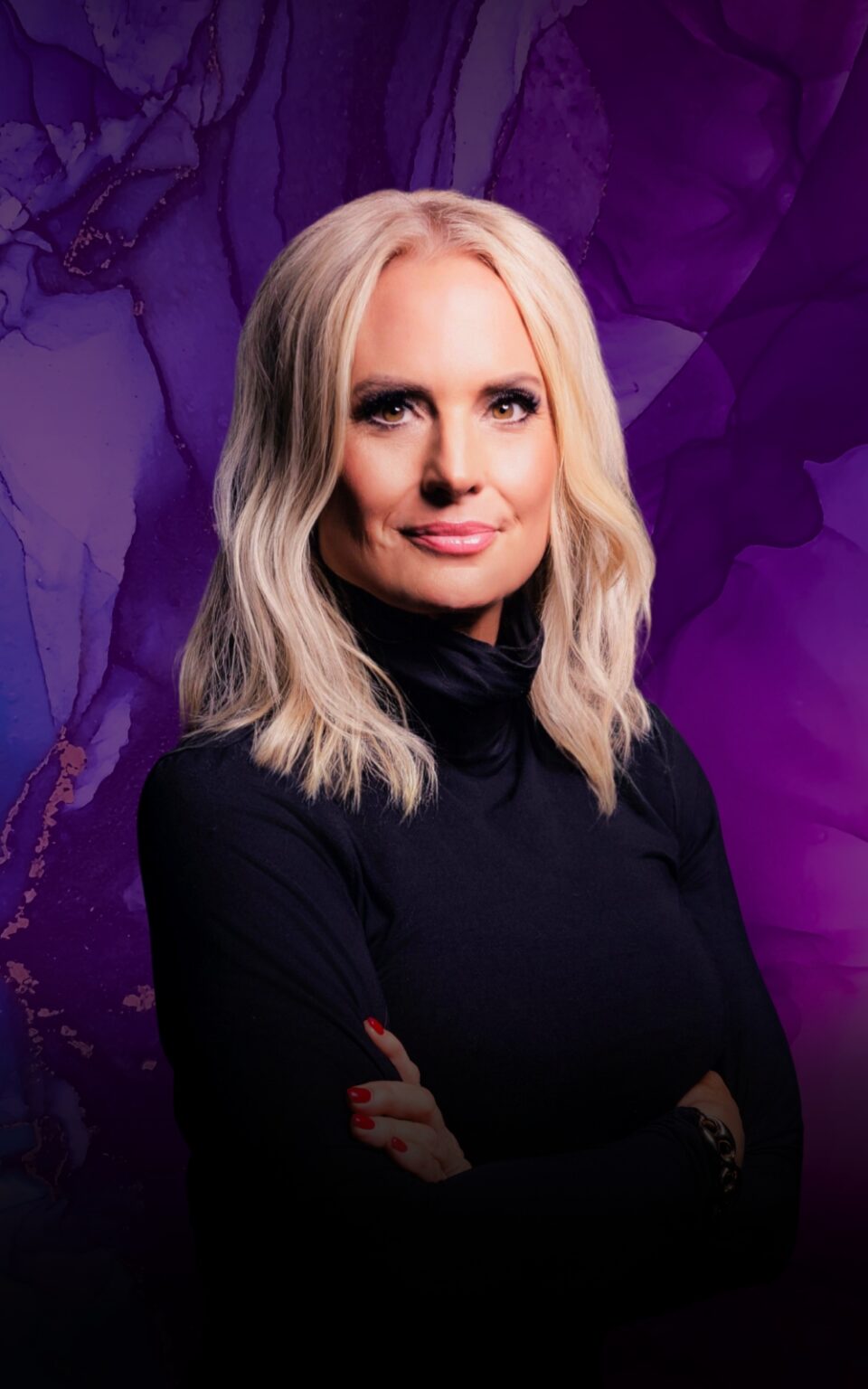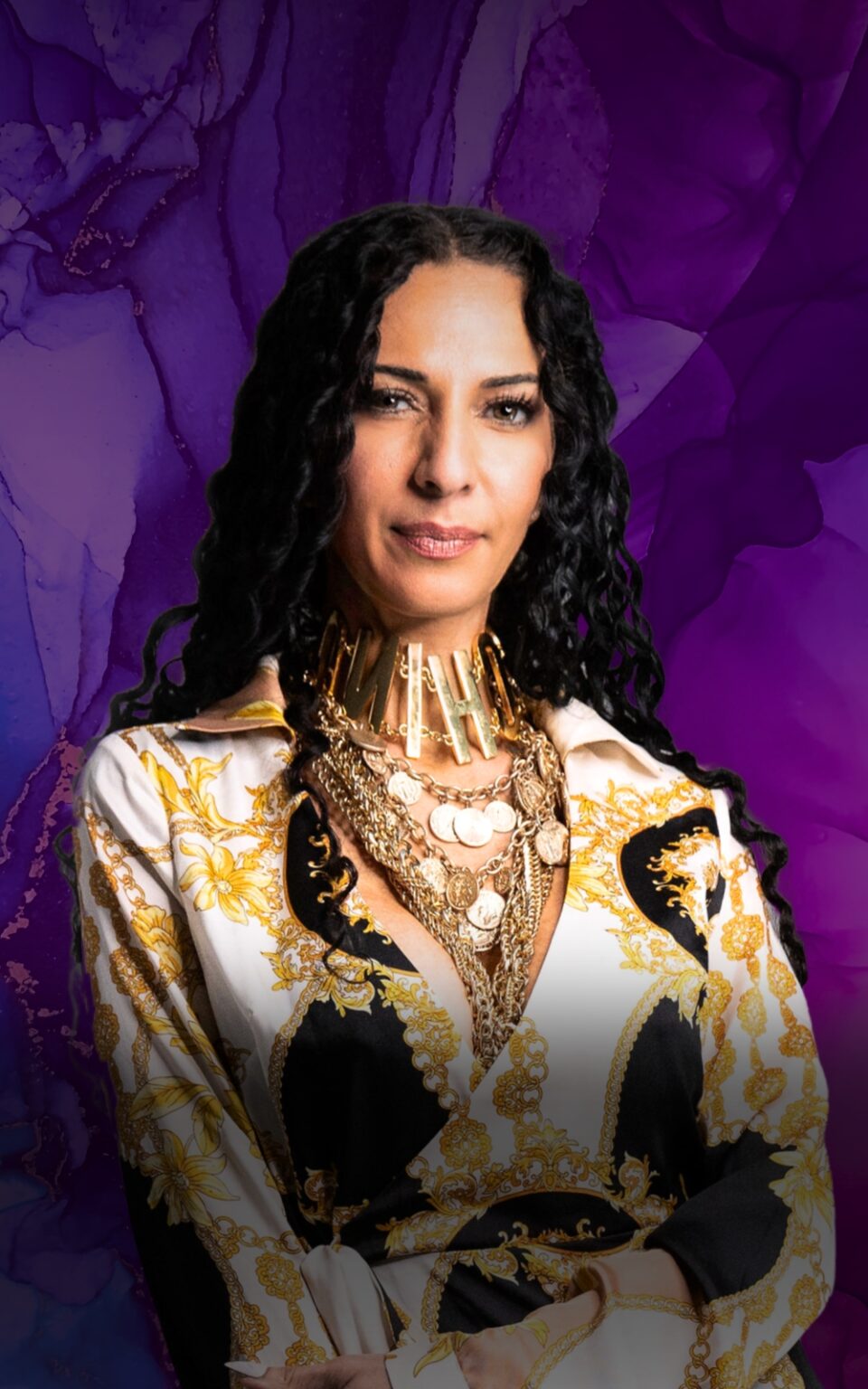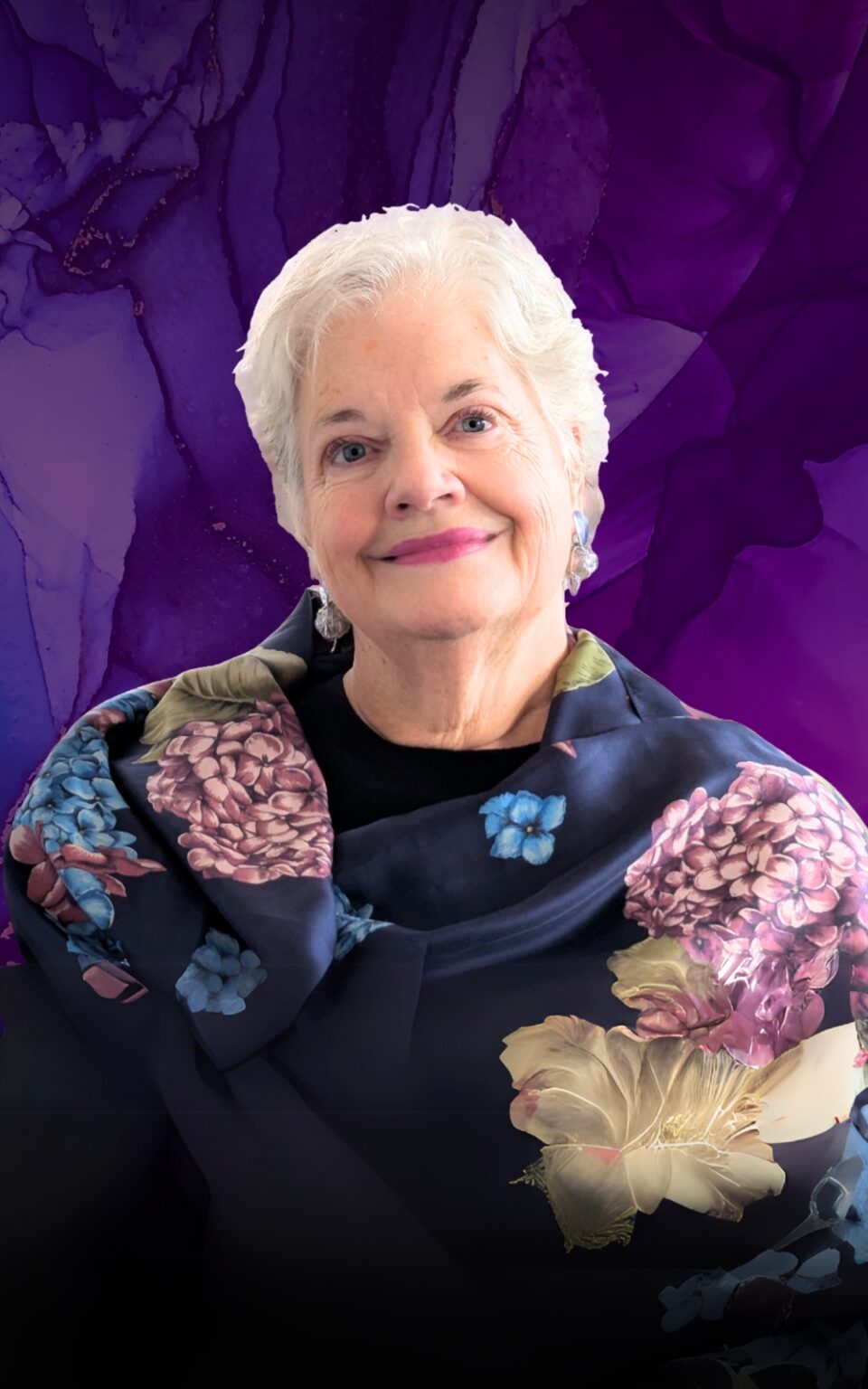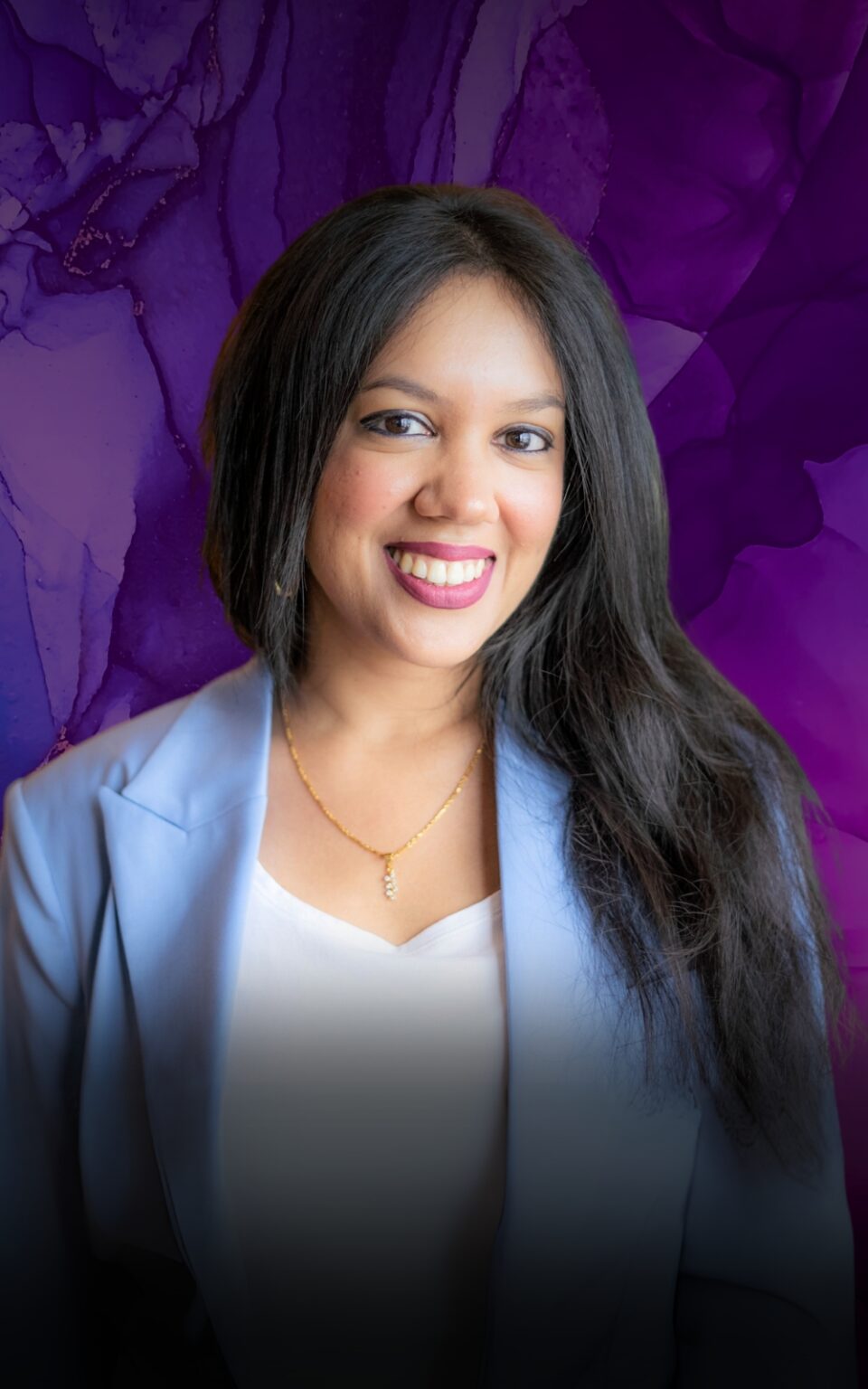Raj Girn: This week’s theme is leadership and advocacy, where I’ve chosen to do a deep dive into the world of start-ups because we all know about them, are perhaps involved with one, or are a founder looking to scale one forward. If this is you, then this week’s two-part series entitled How to Build a Scalable Business Out of a Passion Project is for you.
To help me walk you through this journey step by step, I’m pleased to introduce you to India-based mathematician and coder Manan Khurma, who is the founder of a leading online math, learning and coding company called Cuemath, available to grade school students in 20 countries worldwide, including the US, Canada, the UK and, of course, India. The company has taught over 200,000 students worldwide and just recently secured a $40 million US investment round.
Here is Part One of our conversation:

Raj Girn: Please welcome to the show Manan Khurma!
Manan, thank you. Thank you so much for agreeing to be on the show. I am always so excited to speak with founders who truly built something from scratch and they built it from a place of a value system that’s important to them. So thank you so much for agreeing to be on the show because your story is so inspirational to me and I know it will be for many people because building something from scratch in and by itself is difficult to do, but doing it from a place of passion, now, that’s a whole other layer of complexity. So I want to start at this point. When I went to your website, I read your mission statement and let me quote this for everyone. “Our mission is to make the world’s children great at math and coding and create invincible problem solvers who will go on to solve humanity’s biggest problems.” A powerful, strong and big mission. I mean I have got to start my conversation here. What specifically is it about solving problems through proficiency in math and coding that you feel will position our future leaders to solve humanity’s biggest problems?
“Our mission is to make the world’s children great at math and coding and create invincible problem solvers who will go on to solve humanity’s biggest problems.” ~Manan Khurma
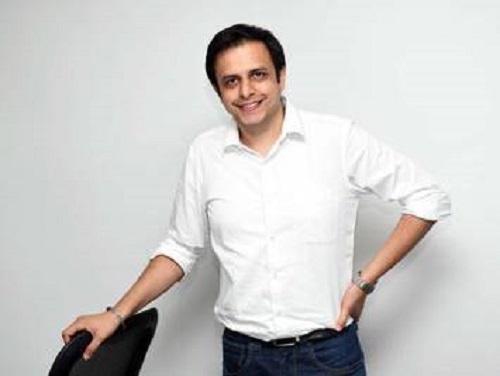
Credit: @thehindubusinessline.com
Manan Khurma: So, Raj, first of all, thank you for having me on the show. So the way I think about this whole math and coding skill set is that if you look at how the world is changing, what kind of skills are becoming more and more valuable, what kind of jobs are becoming more valuable, what the World Economic Forum is saying, for example, that problem solving is the most crucial skill that our kids need to learn today, because as more automation kicks in, as it analyzes and taught, it is complex problem-solving as a skill that could make it the most and the most valuable jobs to be around complex problem solving as today’s kids grow up. So I believe very strongly that today’s kids need to have a very, very strong grounding, problem solving and math and coding are two very good skills to learn to be to become a big problem solver. So that’s the mission, to teach kids math and coding, to master math and coding and become natural problem solvers.
You know, it’s so interesting that you say that, because if you look at where we’re sitting today in any aspect of the world that we live in, the lifestyles that we live and you look at kind of where it’s headed, you have to somehow muster something to do with the world of technology, which requires mathematics. Understanding it requires knowing some level of coding in order to be able to help us in the journey that we are going on as a human race to be able to make sure that the leaders of tomorrow are, in fact, knowledgeable about where we’re headed and on the way they are today and have been in the past where they didn’t really know much about what was happening down the infrastructure or in a society level.
Because it’s kind of more on the top down understanding and hierarchy of how infrastructure and business was created. And what I found to be so interesting with what you’re doing and what the mission of Cuemath is, is that you’re looking at arming tomorrow’s future leaders with the ability to be able to participate in the decision making process of where and how our world is going to function. And I feel that’s really what I got out of your mission statement. Do you have a comment there?
Yeah, yeah, absolutely. So from from the smallest thing to the largest thing, math is in everything. And if you look at anything that we do today, any engagement with technology that we have, whether it’s swiping an ATM card, whether it’s making a phone call, whether it is searching for your destination on Google Maps to the highest level of decision making, like how do I allocate a country’s budget in the right way? How do you make those complex decisions and how do you address different needs and so on? Everything requires mathematical thinking. You become a much better decision maker if you have that mathematical thinking. And that is what we’re trying to do with our program. We want to make sure kids get the grounding so that they’re just able to take decisions and solve problems in a better way.
“Everything requires mathematical thinking. You become a much better decision maker if you have that mathematical thinking.” ~Manan Khurma
Absolutely. So let me ask you this. What was the mindset behind having the courage to think so big for your company’s opportunity to play its part in society today, to, as your mission statement says, arm future leaders to change our world tomorrow? What was the mindset around that?
So one driving point was my own passion around math. Math is something I’ve always enjoyed since I was a kid and I’ve always found it very logical and very beautiful. And one thing that’s always kind of surprised me is kids who are otherwise so capable in so many other areas and find math so difficult or so boring and so and it’s just got to do with the way they learn math and so on. So part of the inspiration behind Cuemath was my passion around math. I’ve also been a teacher. I have taught more than 10,000 students myself. And before Cuemath, I was actually teaching seniors in grades 9, 10, 11, 12, that stage. And I realized that in something like math and coding, learning starts very early on in your life. So for math, for example, you start learning from kindergarten onward. So it’s actually the younger grades where the right kind of learning needs to happen from a very early age. So that was another inspiration.
From my own experience, I realized that it’s necessary to do math learning and coding learning the right way from a very young age. So when we started, obviously, the mission was that we want to build a global company but the scale of the ambition was not so high. It’s been a more organic evolution as we built the company and as we succeeded and gone to the next step and as parents and students have appreciated our curriculum the scale of the ambition has grown. And now we think we’re in a position to, as we say internally, teach math to the world. And make sure they make hundreds of millions of kids around the world learn math in the Cuemath way, learn coding in the Cuemath way and become great problem solvers.
That sounds just incredible. I’ve got goosebumps just listening to you. Folks, anyone that’s just tuning in, here’s the magic right here. Just what Manan shared, everything that he focused on in terms of what he was trying to do here with his company was to solve a problem. So he was coming at it from taking his passion into a place where there was a gap in the marketplace. And he looked at filling it because he saw that the opportunity for the future would be a better one, considering that math and coding and technology is in every fabric of society today. So we know it’s going to be a lot more pronounced and amplified as we move into the future. Manan I have to ask you this. What does Nirvana look like for you with Cuemath? When will you be reaching the promised land? Like when you know, okay, I have gotten to where I need to get to with this company. What does that look like for you and for Cuemath?
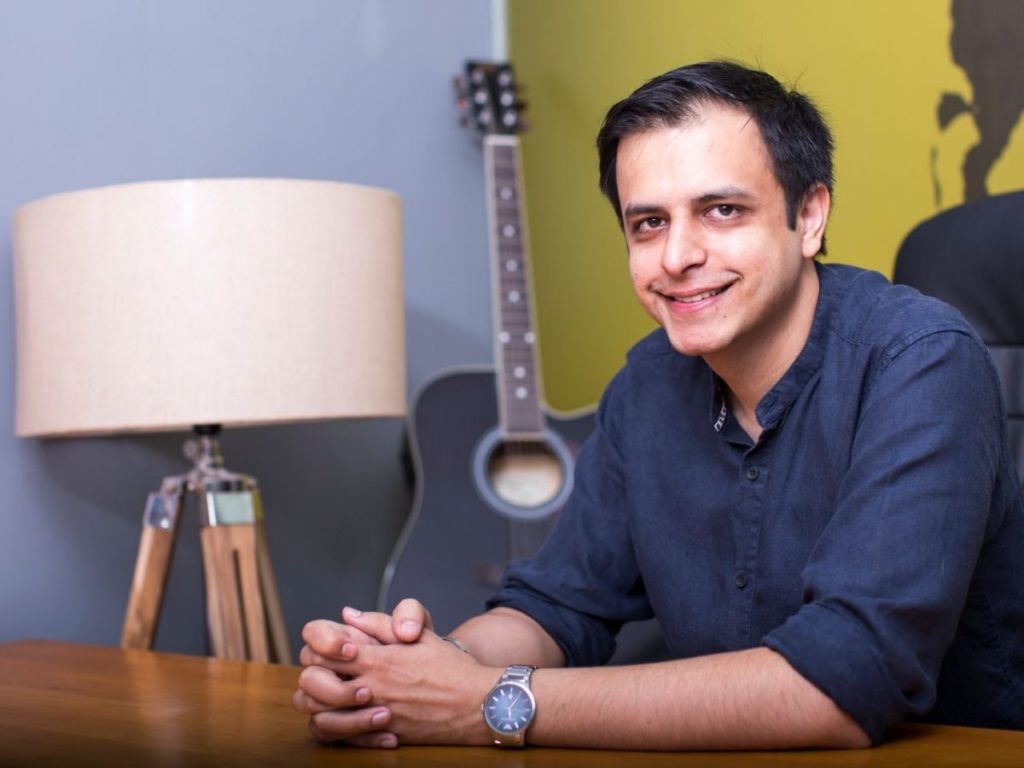
Yeah, you know, many friends ask me this and many new entrepreneurs ask me this. I think I have no end goal in mind. I think it’s a process that’s much more enjoyable. One thing that really drives you on a daily basis is when some student comes back or some parent comes back and says, “hey, you know what, this way of learning changed my life. I’m now much more confident or I achieved my learning goals or my career goals because of you and the program. And that’s more satisfying than achieving some milestone.
I think it’s best not to be anchored too much to milestones and instead have . . . Especially for entrepreneurs, because the going is not always easy and you have to be in a process mindset that you will do well each day and the end goal should be an outcome of that process. So that’s how I tend to think. I don’t fuss too much about the end goal. But one thing that I’m beginning to feel more and more confident about is that we will definitely become a very strong global brand, because as we expanded, and as we expanded to 20-plus countries across the world, we are seeing very strong satisfaction and validation from parents and students. So the journey is definitely very exciting. But I’m all about the journey than the outcome of the journey.
I love that. I love everything about what you just said there. What do you believe people need to know about starting a company and where the driver is passion to profit that lends to its viability to be successful, not factoring in all the other stuff that needs to be in place for success to happen? Just the driver of passion to profit. Like what do people need to know from your experience?
So when I started Cuemath, and it’s been a few years now, as I said, we did have global ambitions, but they were not so concrete. And the focus was far more on the passion of math and on making sure that we create a program and curriculum that was the right fit. I think for any new entrepreneur looking to convert a passion project into a scalable business and scalable being operating word here, I think it’s important to understand a few things. For example, does that passion lend itself to scale? Does that passion lend itself to meaningful business where customers are willing to pay for it? And how large is the size of that segment? We call it the target addressable market. How big is it? But I think if the need is there and the market is there and there are consumers willing to buy your passion project, I think this is one of the most satisfying journeys that an individual could undertake. Just converting your passion into something meaningful is very, very exciting.
“If the need is there and the market is there and there are consumers willing to buy your passion project, I think this is one of the most satisfying journeys that an individual could undertake.” ~Manan Khurma
It’s so exciting and it’s such a blessing when a person isn’t doing something for the end goal being profit, but is doing something for the journey of the service that is actually giving a value to humanity, whatever that piece of humanity may be. And that’s what you’re seeing right here. And that’s something that I feel a lot of new founders, a lot of people who are looking at going into business need to really sit with and think about. I want to ask you this because I’m very much an intentional person myself, and I look for kind of significance and why people do what they do. It seems like everything that you have built the company on is intentional. For example, you founded Cuemath on December the 22nd, 2013, a day of great significance. I would like you to share what that is with everyone and if you could.
December 22nd is the birthday of Ramanujan, who is considered to be one of the world’s greatest mathematicians. And in India, he’s revered very strongly. And because of that, this date is also celebrated as national Math Day in India. So because we started out of India, that’s the day that we chose as the founding day because we started around then. And in terms of the intentionality of it, yes, there have been a lot of steps that have been intentional like focusing on math, building a curriculum. But as Steve Jobs said, you can only connect all the dots in hindsight. So there have been a lot of things that have happened along the way that we did not expect, ups and downs both. And and I think any new entrepreneur has to be prepared that this journey will have its own share of ups and downs. And it might look very exciting from the outside. But it is not. Because you have to wake up every day and do the same thing over and over, and you have to be willing to accept that at the end of the day, it may all amount to nothing. And so it’s a very weird kind of journey that an individual decides to undertake. Many people do it and many are successful, but then there are also a lot of people who are not successful. So, yeah, mixed bag.
Absolutely. And I think that’s what it is. It’s the things that we learn along our life on other levels outside of what we do, professionally speaking, that I feel really lends to the character building part of who we are as individuals and as humans. What is our driving force? I mean, that’s a whole other subject matter. But these are some of the things that I feel make the difference between someone who keeps tracking forward and keeps their goal. As you know, by the end of the day, by the end of today, if I’ve accomplished a good day, we’ve done well, versus the people who are stuck in this major future focus that doesn’t really lend to how we’re getting there, because today is taking us there, right? I think that what you just said here is something that I feel everybody really needs to take heed of. Can’t take it on a daily basis because things are going to come at you. Life is unpredictable no matter how much you plan for it. Getting through the day and saying this was a good day. This is the success that you need to sit with. Do you have any comments you want to add to that?
Yeah, absolutely. I think, as I said earlier, you can’t be too attached to the outcome. Obviously, that in our case would be like building a huge global company, in someone else’s case could be something else. That end outcome is your north star and you go towards it, but you can’t be just all the time kind of looking at that. You have to get through the day. You have to make sure that you are navigating the boat well and so on. And through this journey you also realize a lot of stuff about yourself and about how you kind of interact with other people. So if you’re not stacking up and you think you’re positive and then you think you can get through any difficulty, then then you actually do start up and actually do go through the process of building a business, your own assessment about yourself might change and you might realize that you have a very different level, maybe much higher or much lower.
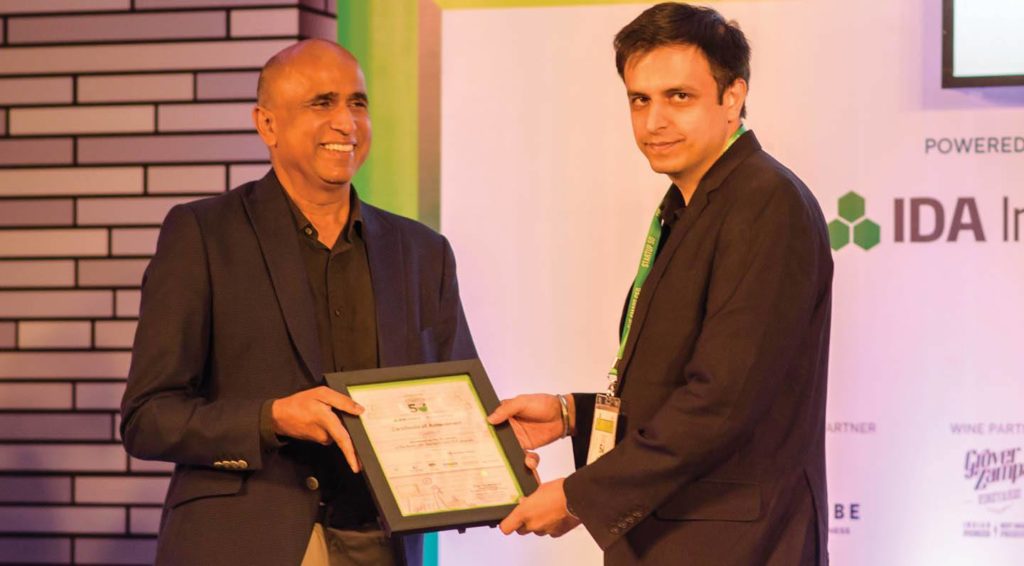
So this journey teaches you a lot about yourself. It also teaches a lot about how you interact with other people, how you lead the people. Even if you have a small team of five people. What do you do with them on a day-to-day basis? How do you make sure all of them, all of their work is kind of compounding to the same direction? You learn stuff about yourself and you realize that you’re either good at it or bad at it and what can you do? So I think the way I articulate this to my friends and people who want to become entrepreneurs is a start-up, is like, if you do it well, it’s like an MBA in hyperdrive. You just learn so much. In a month’s time, you learn more stuff than a normal course. It’s exciting but at the same time, you have to be prepared for that rollercoaster.
Absolutely. So let’s talk a little bit about your journey here Manan. On your website, there is something there that’s listed called Our Journey. It’s a timeline. And I actually I’m going to be using that to kind of go through the journey of where you started and where you are today, because I feel that that is going to be very valuable for people because everyone looks at successful companies and says, “wow, this is just incredible. It just seems so far away from what I could personally do.” And so I feel that going through your timeline, step by step, is going to help people realize how those milestones kind of came about, even though you said a little earlier that you can’t really be really focused on the milestone per say, because there’s many other things that you have to think about.
But I want to take people on the journey of the milestones, the way that you have on your website. Folks, go check Cuemath website. On the home page there is something called Our journey timeline, and that’s the basis of the rest of our discussions. So let’s start at the very beginning. You spent year one creating proof of concept, you creating a scale based revenue plan. And in year three, you raised your first round of investment to the tune of $20 million US. I mean, in a word, that’s just insane. So let’s break this down to bite size pieces so that we can ingest and digest them and the pun intended there.
Yeah. So when we started off, I took on a big challenge and the challenge in front of me was how do you design a mass curriculum that works for each student’s unique personality and unique needs? If there are billion students in the world, then you have a billion different students and each one of them has at any point a special set of need. And to design a curriculum that works for all kids across the spectrum is a very challenging. So the first year was just about figuring out, okay, what should the math curriculum be that it would work for all kinds of students. And I remember back then, I personally would stay up at night until early morning hours and I would be writing the curriculum myself because back then there was no team, there was no meaningful money to put into the company. I put in my own savings. I’d taken some money from my dad and so on and bootstrapping those things. So it was a bit of an uncertain time, but also very exciting because I was doing this new thing. I knew that if this scaled and if this works, it’ll go on to impact a lot of people.
At the same time, and this is one piece of advice I give a lot of entrepreneurs, is whenever you’re building a new company, whenever you’re building a new product, a new service, it’s very important to take consumer feedback from day one. It’s very important to get a pulse on how the consumer is thinking, to co-create almost. So as you build, you get feedback and you upgrade and so on. And so that first year was all about that. So I created a small education center where kids would walk in and I would teach them using this curriculum I was building on the fly. And it was almost like tomorrow there’s a class and today we have to build a curriculum for that class. So it was very on the go. Once I realized by the end of the first year that this curriculum and this approach would work, in the second year we started expanding the business model. So we followed a new kind of business model that was pretty novel for India at the time. And we call it the microcenter model, where essentially our teachers were running small learning centers out of their homes. So it’s something like you would see in the US.
“Whenever you’re building a company, whenever you’re building a new product, a new service, it’s very important to take consumer feedback from day one. It’s very important to get a pulse on how the consumer is thinking, to co-create almost.” ~Manan Khurma
So that’s how we started scaling the business. So once we got the product, we focused on the distribution of it. And by the end of the second year, that network of teachers had grown quite large and we had many students coming in. So that’s when I started speaking to venture capital folks and some of them got interested and we eventually were able to get two market investors to come in. So those were the first years of the journey.
So let me ask you about the raising capital phase, because this is the part that I feel a lot of people get stuck on or they don’t know when the right time is to do that. Can you shed some light on that, when you decided to actually go down that road? And what was it about what you had already done by then that told you that it was time now to go and seek external capital to grow this thing?
Yeah, I think the biggest prerequisite to raising venture capital is that you should have a product that works. You should have demonstrable metrics where consumers have demonstrated clearly that they are willing to pay. And you should have metrics on how much cost it takes to acquire a consumer and and how much money you can make on a consumer. You should have a clear sense of these metrics before you go to venture capital folks, because if you do it before that the conversations in most cases don’t pan out. And I have a lot of new or would-be entrepreneurs who come to me and say, why don’t you introduce me to a venture capitalist. But first focus on the business. First focus on getting your fundamental right. Make sure that you have a compelling story. Make sure that the metrics are clear. Make sure you have a clear understanding of the market and of your consumer.
And once all of these basic ingredients are in place, then capital is not a milestone in itself. It’s like you just want to add fuel to the fire. Capital is like adding fuel to the fire to make the fire kind of become larger. So new entrepreneurs should not see capital as a milestone. And that’s one mistake that a lot of people make, but as a means to achieving your end goal. So in our case, for example, we had a very clear demonstration of both sides of the platform working out the teachers and students coming together in these classes and meaningful math learning happening. And we had a clear sense on how much money parents are willing to pay and then how much does it cost to acquire one student. How much time does a student stick on the platform? It is a metric culture and that’s very important in business. So it’s all these things that you have to be very clear about before you go to see an investor, because not only will your conversation be a lot faster but you’ll also get a much better deal if you care about the fundamentals.
Yeah, absolutely. Folks, if you’re just joining us, you need to rewind that part back. That part is probably the most crucial part if you’re looking at figuring out how, when, why and what you need to have together in order to be able to go and present your company to any kind of investor. So let me ask you this Manan, you clearly had an idea of the raise that you were going to do in terms of what you wanted to do with it. So that’s another thing I find a lot of people are quick to raise, but they don’t really know what they’re going to do with it once the raise comes in. I feel, because I feel that your very own purpose kind of founder, what was your objective with that first raise?
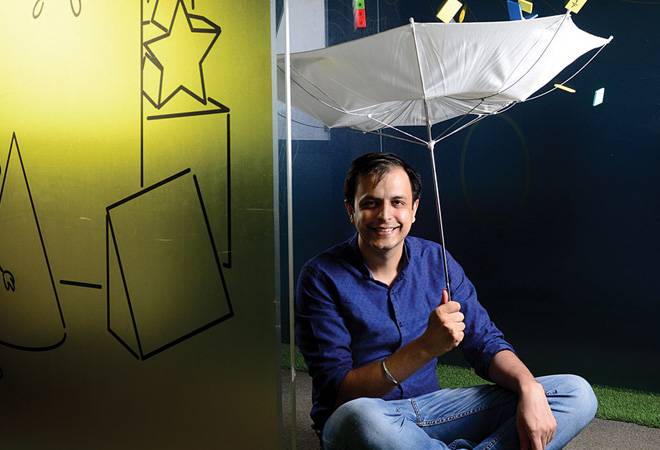
I think firstly, the purpose of a raise could also potentially depend on the industry. So for example if we are in a space where hyper growth matters, where the land grab matters. Let’s say the entire supply side in that industry, for example, Airbnb with their hosts and guests and Uber for example, who would want the entire driver supply on the platform. In such cases the capital raise requirements might be higher. But in most cases that might not necessarily be true. And you should raise capital to the extent that you need at that point to build a meaningful business and to scale at good unit economics. Unit economics means every unit of business that could do, which is every consumer you acquire, you’re making money on that consumer and you’re not losing money.
So when we raised this $20 million, and this was across two rounds, then we when we did this in 2016 and 2017, we were very clear that we want to do two things. One is we want to invest on making the product even stronger than what it was at that time and more adaptive and more personalized and more engaging for students. And the idea was to expand our footprint across the country, across India. Back then we were still based in India. So the objective was to expand the network across India. And we thought that size of round would be the right kind of capitalization for the company to help us achieve these goals. We could have raised more, we could have raised less. But we chose roughly that kind of order to make sure that our objectives were met. So, yes, the intentionality was there at that point. Also that you just don’t take any amount. You take the amount that you need to build the business.
Yeah, absolutely. Because the more you ask for, the more you have to give up. And that’s the other mistake that a lot of people make, right? So let me ask you this. In 2017, you expanded to 2,000 tutors from the initial 100 to service 20,000 students, right? I think that your money was well spent. I think that you accomplished your goal, right? Would that be correct?
Yeah, broadly correct, but as I said earlier, it was not all hunky dory, there were lots of ups and downs figuring out what kind of tutors work well, figuring out which cities to operate in and so on. And there was a point in the journey when there was a stall. And then we had to rework a lot of the basics to figure out how to re-energize the whole thing. So there were all these phases. But looking back in hindsight, it seems that broadly the journey was panned out well.
Absolutely.



